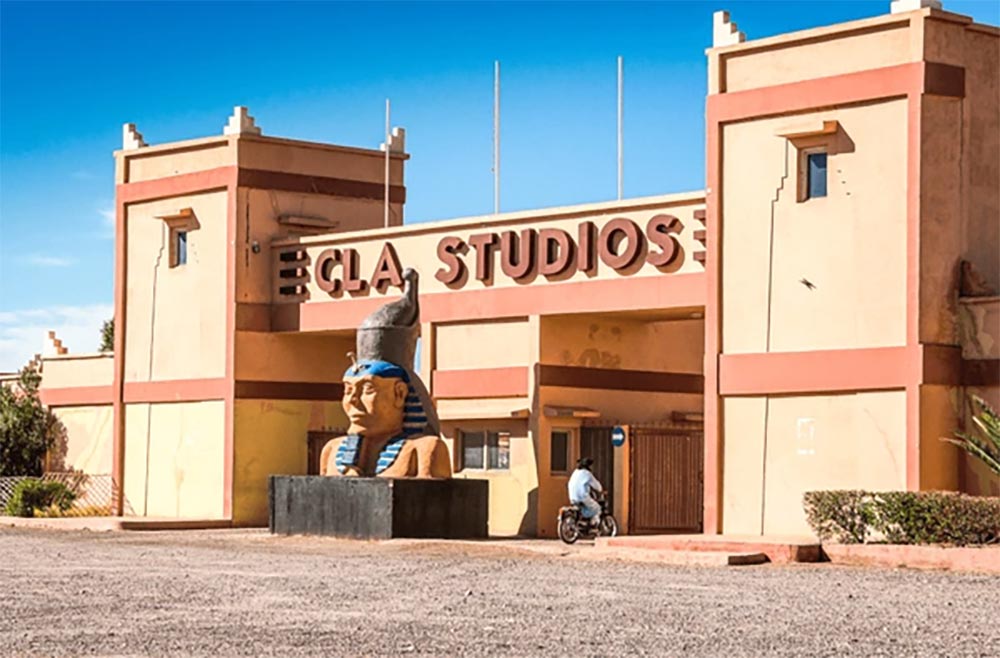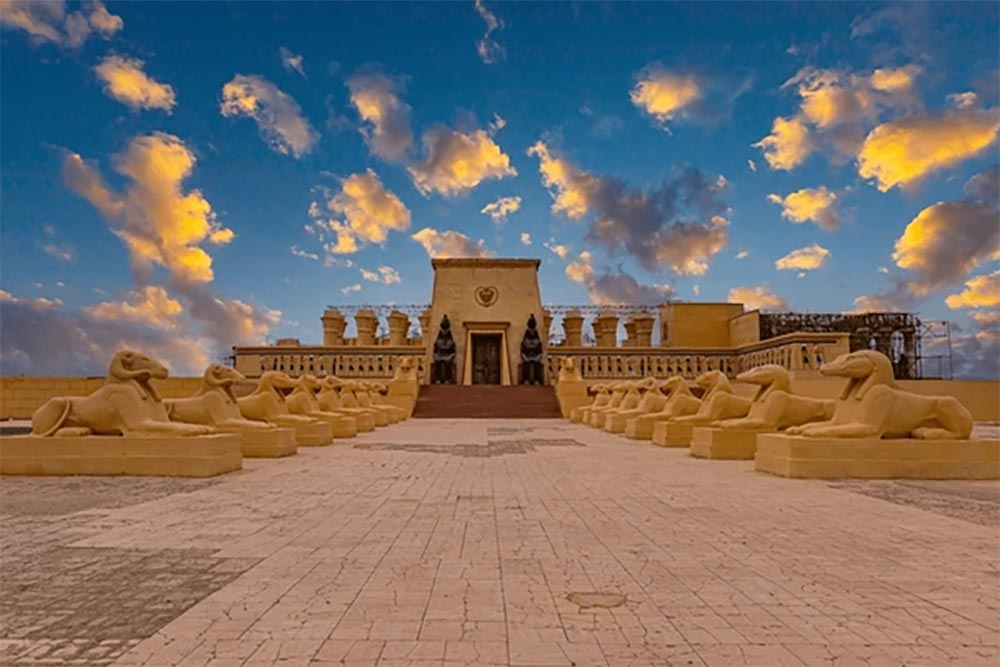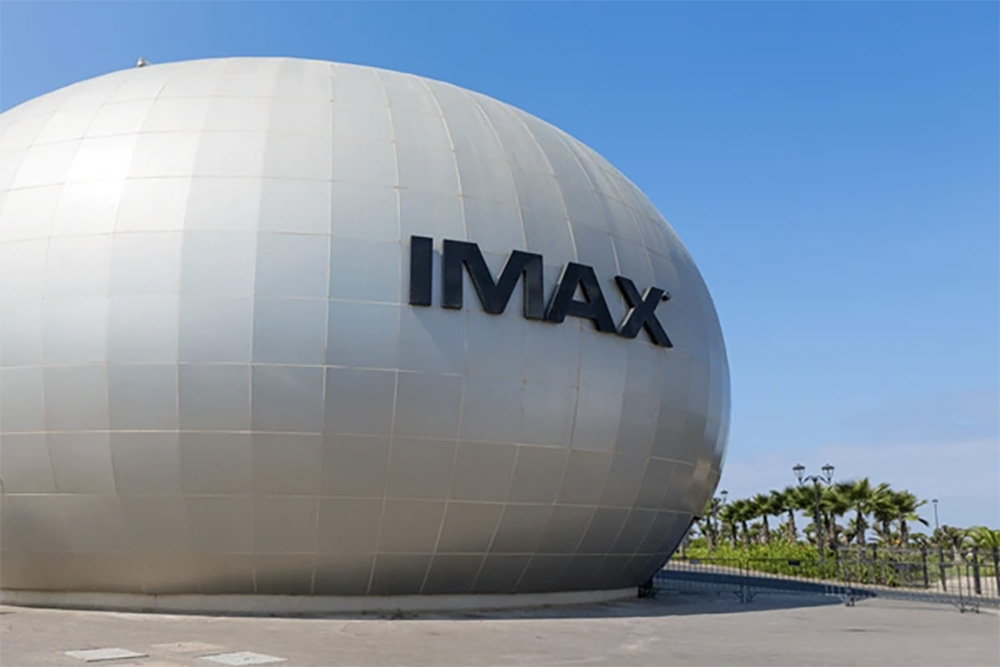Moroccan cinema is full of rich stories and unique films. It reflects the country’s diverse culture and history. From its early days to the present, Moroccan films have captivated audiences worldwide.
The journey of Moroccan cinema began with small, simple films. Over time, it grew into a vibrant industry. Today, Morocco produces films that win awards and gain international recognition. This industry has seen many changes and faced numerous challenges, yet it continues to thrive and evolve.
In the following sections, we will explore the history of Moroccan cinema, key figures, themes and styles, notable films, film festivals, industry infrastructure, international influence, challenges, and prospects.
Film History in Morocco

The history of Moroccan cinema began in the early 1900s. At first, films were short and simple, capturing everyday life in Morocco. Early filmmakers used basic techniques to document cultural events and daily routines, creating a visual record of Moroccan society.
In the 1950s, Moroccan cinema took a significant step forward. This period marked the emergence of feature-length films that addressed critical issues such as freedom, identity, and tradition. These films often reflected the country’s struggles and aspirations, resonating with audiences who saw their own lives and challenges portrayed on screen.
One of the key milestones was the establishment of the Moroccan Cinematographic Center (CCM) in 1944, which played a pivotal role in supporting and promoting Moroccan cinema. The CCM provided funding, training, and resources to filmmakers, fostering the growth of the industry.
The 1970s and 1980s were transformative years for Moroccan cinema. Filmmakers began to experiment with new styles and themes, pushing the boundaries of traditional storytelling. This era saw the rise of critically acclaimed directors like Ahmed El Maanouni and Souheil Ben-Barka, whose films gained international recognition.
In recent decades, Moroccan cinema has continued to evolve. New filmmakers are bringing fresh ideas and innovative storytelling techniques. They are addressing contemporary issues such as migration, gender equality, and social justice while still honoring Morocco’s rich cultural heritage. Today, Moroccan films are celebrated for their creativity, depth, and ability to connect with audiences worldwide.
Key Figures in Moroccan Cinema
Moroccan cinema has been shaped by many talented individuals. These key figures include directors, actors, and writers who have made significant contributions to the industry.
One of the most renowned directors is Mohamed Abderrahman Tazi. Known for his film “Badis” (1989), Tazi has played a crucial role in bringing Moroccan stories to the big screen. His work often explores themes of social justice and cultural identity, making him a prominent figure in Moroccan cinema.
Another influential director is Nabil Ayouch. His films, such as “Ali Zaoua: Prince of the Streets” (2000) and “Much Loved” (2015), have received international acclaim. Ayouch’s storytelling is marked by its raw realism and deep empathy for his characters, shedding light on the struggles and dreams of marginalized communities.
Among actors, Mohamed Bastaoui stands out for his versatile performances. Known for his roles in both films and television, Bastaoui has become a household name in Morocco. His ability to portray a wide range of characters has earned him critical acclaim and a loyal fan base.
In the realm of writing, Leila Kilani has made a significant impact. As a screenwriter and director, her work often addresses complex social issues. Her film “On the Edge” (2011) provides a gripping look at the lives of young women in Tangier, highlighting their resilience and determination.
These key figures, along with many others, have shaped the narrative and direction of Moroccan cinema. Their contributions have not only enriched the film industry but also brought Moroccan stories to a global audience.
Themes and Styles in Moroccan Films
Moroccan films are known for their diverse themes and unique styles. Filmmakers often explore a wide range of topics, from social issues to personal stories.
One common theme in Moroccan cinema is the struggle for freedom and identity. Many films depict characters fighting against oppression and seeking to define themselves in a changing world. This theme reflects Morocco’s history of colonization and its journey towards independence.
Cultural heritage is another prevalent theme. Moroccan films often celebrate the country’s rich traditions and customs. They showcase the beauty of Moroccan art, music, and dance, providing a window into the nation’s cultural soul.
Social issues such as poverty, gender inequality, and migration are also frequently addressed. Filmmakers use their work to highlight these challenges and spark conversations. For example, the film “Much Loved” by Nabil Ayouch digs into the lives of sex workers in Marrakech, exposing the harsh realities they face.
In terms of style, Moroccan films often blend realism with poetic imagery. Directors use stunning visuals to enhance their storytelling, creating a cinematic experience that is both visually appealing and emotionally powerful. They employ a mix of traditional and modern techniques, resulting in films that are fresh and innovative.
Overall, the themes and styles in Moroccan films reflect the country’s diverse culture and complex social landscape. They provide insight into the lives of Moroccans and the issues that matter most to them.
Notable Films
Moroccan cinema has produced many notable films that have left a lasting impact on audiences and critics alike.
One such film is “Ali Zaoua: Prince of the Streets” (2000) by Nabil Ayouch. This powerful drama tells the story of homeless children living in Casablanca. The film’s raw portrayal of their struggles and dreams earned it numerous awards and critical acclaim. It remains one of the most celebrated films in Moroccan cinema.
“Much Loved” (2015) is another significant work by Ayouch. This controversial film explores the lives of sex workers in Marrakech. Its candid depiction of their experiences sparked intense debate and led to its ban in Morocco. Despite this, the film received international recognition and highlighted important social issues.
“Mektoub” (1997) by Nabil Ayouch is a touching story about love and fate. The film’s exploration of personal relationships and destiny resonated with audiences, making it a beloved classic in Moroccan cinema.
“Badis” (1989) by Mohamed Abderrahman Tazi is a landmark film that addresses themes of social justice and cultural identity. Set in a remote Moroccan village, the film tells the story of two women struggling against societal norms. Its powerful narrative and stunning visuals made it a critical success.
“On the Edge” (2011) by Leila Kilani provides a gripping look at the lives of young women working in a fish factory in Tangier. The film’s raw realism and compelling characters earned it acclaim and showcased Kilani’s talent as a storyteller.
These notable films, along with many others, have helped shape Moroccan cinema. They highlight the creativity and talent of Moroccan filmmakers and continue to inspire audiences worldwide.
Film Festivals in Morocco
Film festivals play a crucial role in promoting Moroccan cinema. They provide a platform for filmmakers to showcase their work and connect with audiences.
One of the most prominent festivals is the Marrakech International Film Festival. Founded in 2001, this festival attracts filmmakers and movie lovers from around the globe. It features a diverse lineup of films, including works from both established directors and emerging talents. The festival’s prestigious jury awards prizes in various categories, highlighting the best in Moroccan and international cinema.
The National Film Festival in Tangier is another significant event. Held annually, this festival celebrates Moroccan cinema by showcasing films from across the country. It provides an important platform for local filmmakers to gain recognition and support. The festival also includes workshops and panels, offering opportunities for industry professionals to exchange ideas and collaborate.
The Rabat International Film Festival is known for its focus on cultural exchange. It features films from various countries, promoting dialogue and understanding through cinema. The festival’s program includes screenings, discussions, and exhibitions, creating a vibrant cultural event.
These film festivals not only celebrate Moroccan cinema but also help promote it on the global stage. They provide opportunities for filmmakers to reach wider audiences and gain international recognition. By supporting and showcasing diverse voices, these festivals contribute to the growth and development of Moroccan cinema.
Film Industry and Infrastructure

The film industry in Morocco has grown significantly over the years. This growth is supported by various production facilities, funding opportunities, and distribution channels.
Morocco is home to several major production studios. One of the most notable is the Atlas Studios in Ouarzazate. Known as the “Hollywood of Morocco,” Atlas Studios has hosted the production of numerous international films and television series. Its state-of-the-art facilities and stunning landscapes make it a popular location for filmmakers worldwide.
Funding opportunities for Moroccan filmmakers have also increased. The Moroccan Cinematographic Center (CCM) plays a key role in providing financial support. It offers grants and subsidies to help filmmakers bring their projects to life. Additionally, private investors and international co-productions provide additional funding sources.
Distribution channels have expanded, making it easier for Moroccan films to reach audiences. Digital platforms and streaming services have opened new avenues for distribution. This allows filmmakers to share their work with viewers both in Morocco and internationally. Traditional cinema networks and film festivals also play a crucial role in the distribution process.
Despite these advancements, the industry still faces challenges. Funding can be limited, and competition from larger film industries remains a concern. However, the growth of production facilities and distribution channels provides hope for the future. With continued support and investment, the Moroccan film industry is poised for further development and success.
International Influence and Recognition
Moroccan cinema has gained significant international influence and recognition. Films from Morocco are now watched and appreciated around the globe.
Many Moroccan films have received awards at international film festivals. For example, “Ali Zaoua: Prince of the Streets” won several prizes, including the François Chalais Award at the Cannes Film Festival. Such recognition helps raise the profile of Moroccan cinema and brings it to the attention of global audiences.
International collaborations have also boosted Moroccan cinema. Co-productions with filmmakers from other countries bring new perspectives and resources. These partnerships help Moroccan filmmakers expand their reach and explore new creative possibilities.
Moroccan filmmakers and actors are increasingly gaining recognition abroad. For instance, Nabil Ayouch’s films have been screened at major festivals, earning him acclaim and respect in the global film community. Similarly, actors like Fatima Zahra Bennacer have achieved success in international productions.
This global interest in Moroccan cinema opens doors for further collaboration and exchange of ideas. It helps Moroccan filmmakers learn from their peers and bring fresh insights to their work. As a result, Moroccan cinema continues to grow and evolve, influenced by and contributing to the global film industry.
Challenges and Opportunities
The Moroccan film industry faces several challenges. Funding is a major issue, with limited resources available for filmmakers. This can make it difficult for them to complete their projects and reach wider audiences.
Another challenge is competition from larger film industries. Hollywood and other major film centers dominate the global market, making it hard for Moroccan films to stand out. Additionally, there are logistical and technical hurdles that filmmakers must overcome.
Despite these challenges, there are many growth opportunities. The increasing availability of digital platforms offers new avenues for distribution. Filmmakers can now share their work with a global audience more easily. There are also opportunities for collaboration with international filmmakers, which can bring new resources and ideas.
Government support and initiatives can further boost the industry. Policies that encourage film production and provide financial incentives can help attract investment. Training programs and workshops can also support the development of local talent.
By addressing these challenges and seizing these opportunities, the Moroccan film industry can continue to grow and thrive. The future looks promising, with new trends and emerging filmmakers ready to take Moroccan cinema to new heights.
Future of Moroccan Cinema

The future of Moroccan cinema is bright. Emerging trends and new filmmakers are set to shape the industry’s direction.
One exciting trend is the rise of digital filmmaking. Advances in technology are making it easier for filmmakers to create and distribute their work. Digital platforms provide new opportunities for reaching audiences worldwide. This trend is likely to continue, with more Moroccan films finding success on streaming services and online platforms.
New filmmakers are bringing fresh ideas and perspectives. They are exploring contemporary issues such as migration, gender equality, and social justice. These new voices are helping to diversify Moroccan cinema and make it more relevant to modern audiences.
There is also growing support for the film industry in Morocco. Government initiatives and private investments are providing much-needed funding and resources. Film festivals and training programs are helping to nurture local talent and promote Moroccan cinema globally.
The future of Moroccan cinema is full of potential. With continued support and innovation, Moroccan filmmakers can continue to tell important stories and make a significant impact on the global stage.
Conclusion
Moroccan cinema has come a long way from its early beginnings. It has grown into a vibrant industry, producing films that captivate audiences both at home and abroad. Key figures, diverse themes, and unique styles have shaped its journey, while film festivals and industry infrastructure have supported its growth.
International recognition and collaborations have boosted Moroccan cinema’s profile. Despite facing challenges, the industry has many opportunities for further development. With the rise of digital filmmaking and new voices bringing fresh perspectives, the future of Moroccan cinema looks promising.
